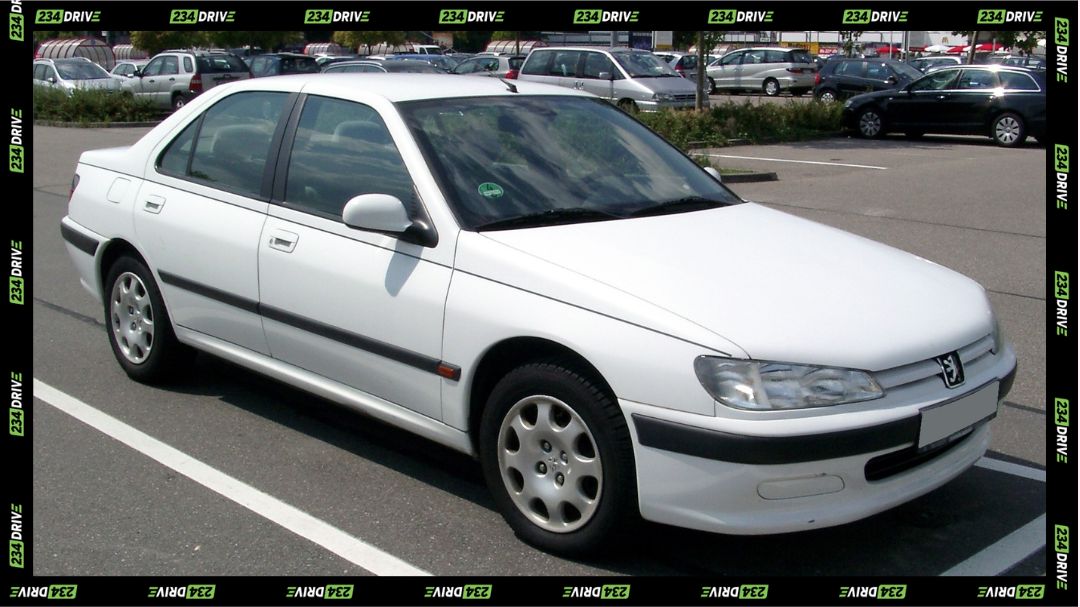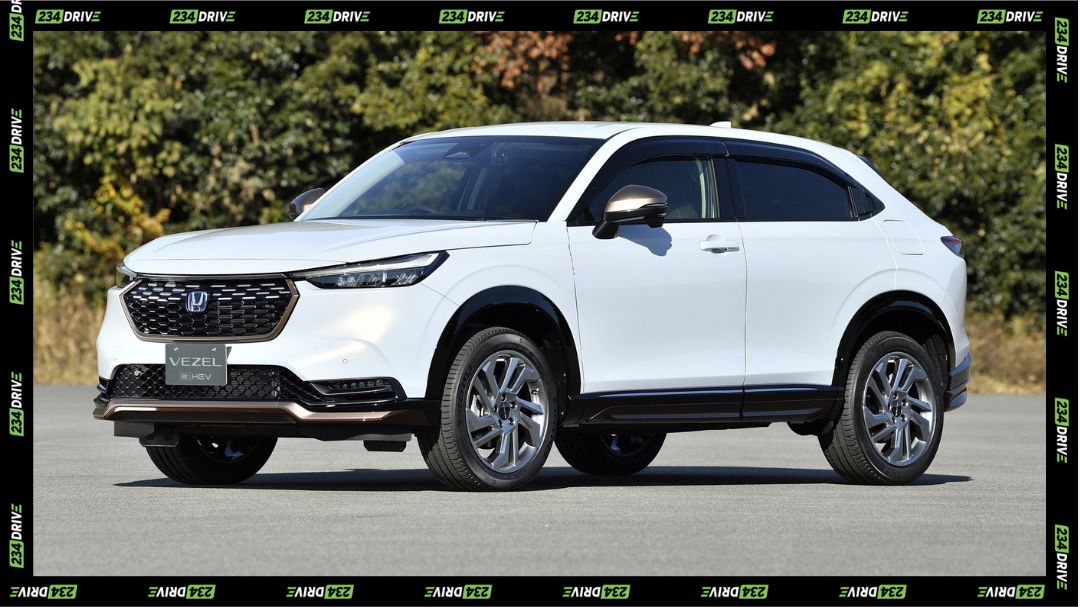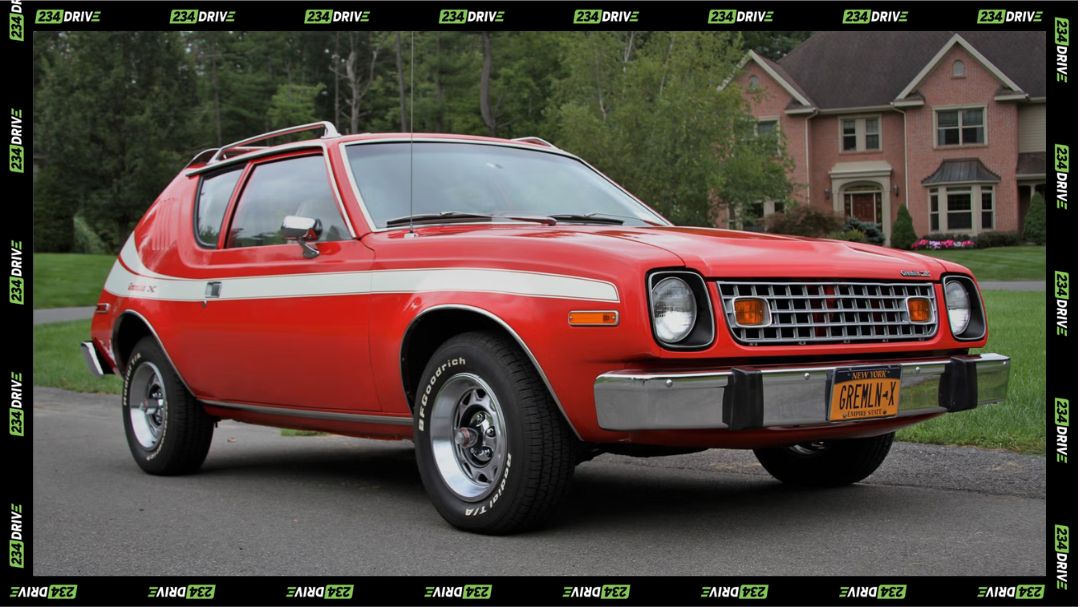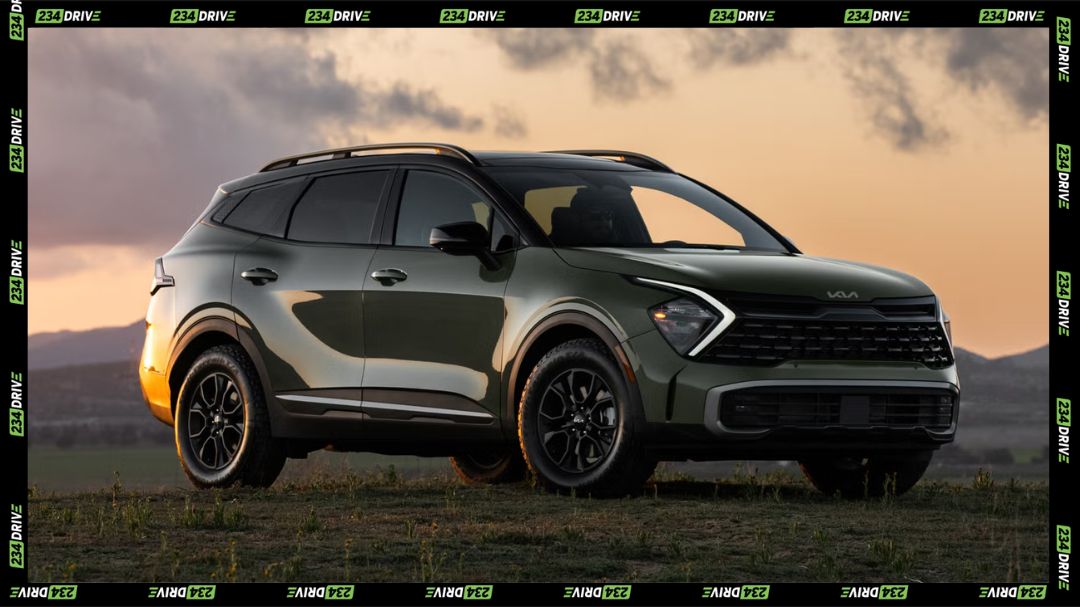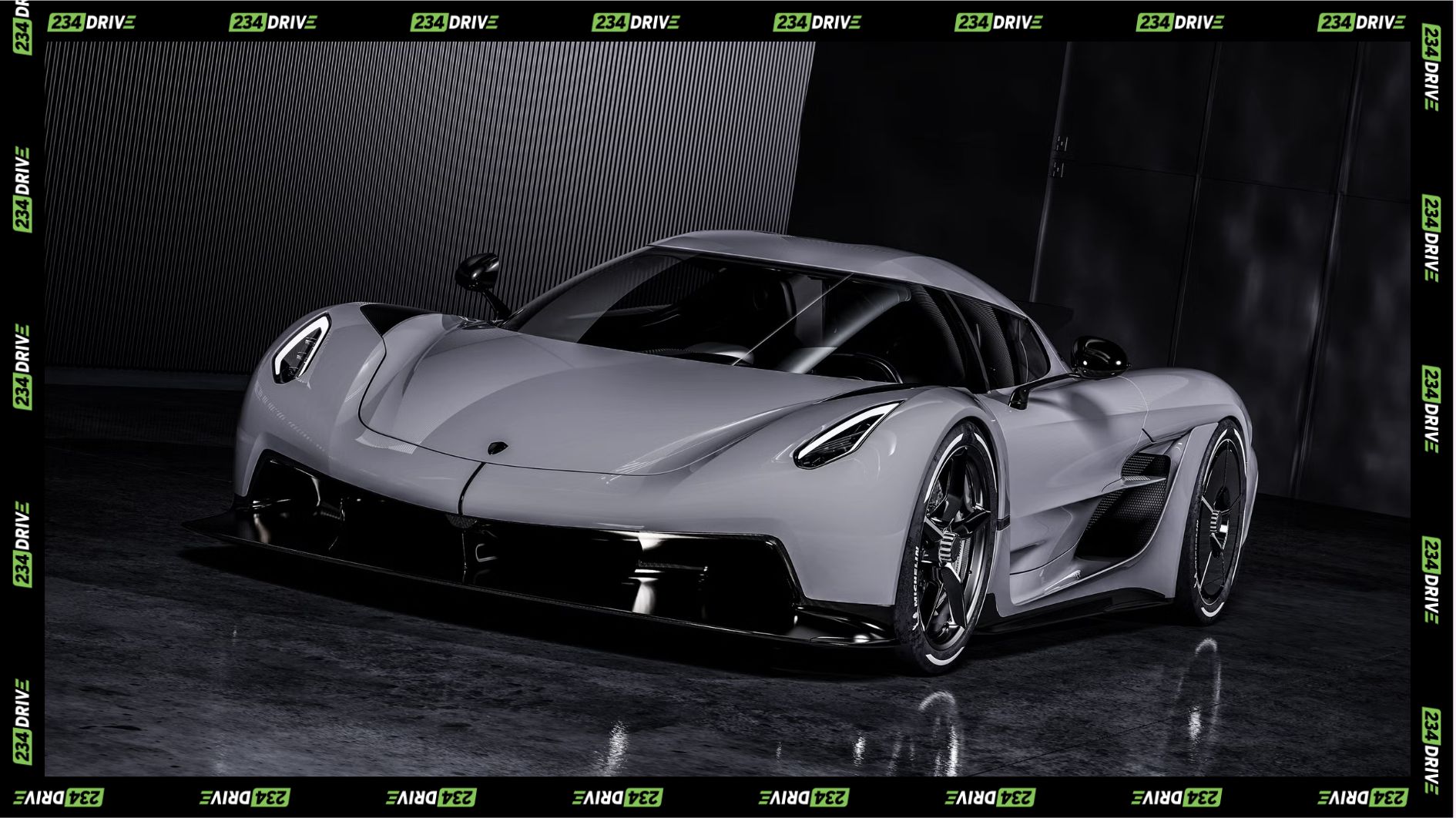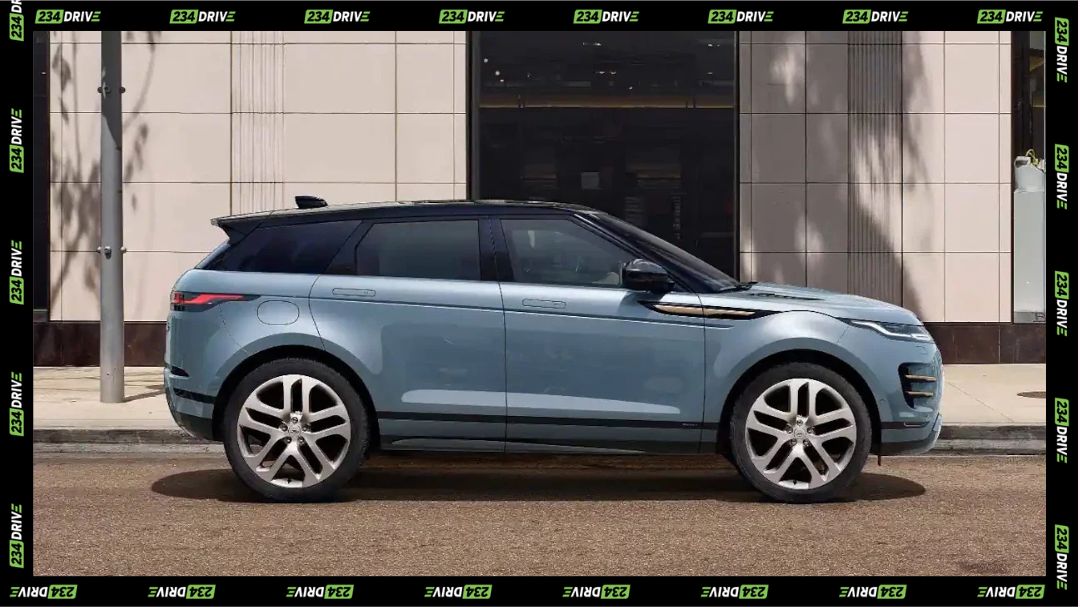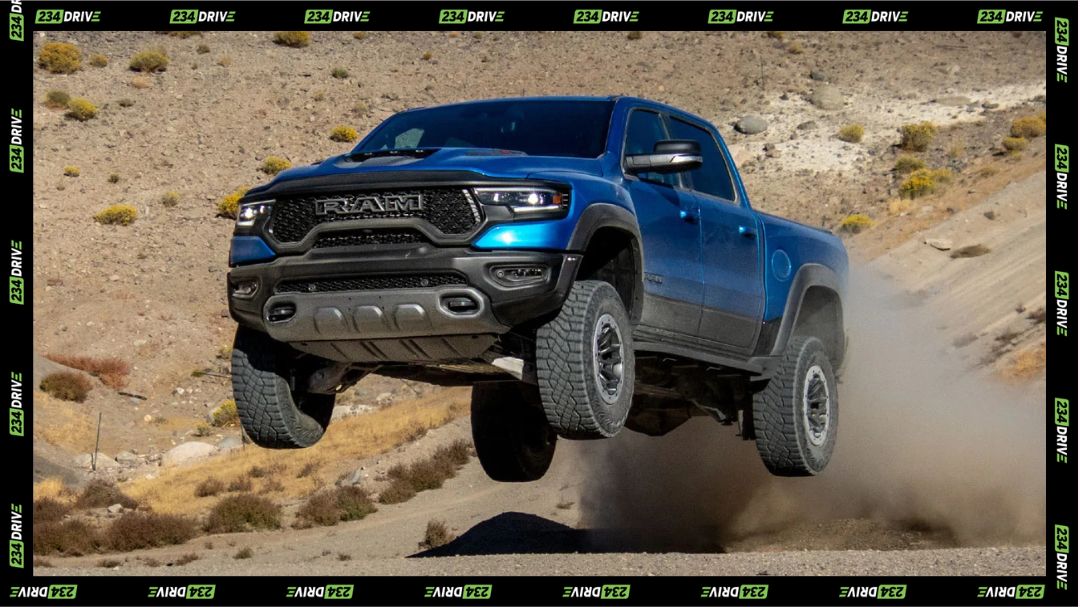Renault has raised expectations in 2025 with the third-generation Duster, a compact SUV that blends rugged styling with advanced technology and hybrid-ready powertrains. Known globally for its affordability and durability, the Duster now aims higher by offering more premium features while keeping costs competitive. For buyers seeking a daily-use vehicle that doubles as a capable weekend companion, the new Duster positions itself as a strong contender against the Hyundai Creta, Kia Seltos, and Skoda Kushaq.

The launch strategy underlines Renault’s ambition. The global right-hand-drive (RHD) version premiered in South Africa in early 2025, with production set for September 2025. India, a major Renault market, is expected to receive the SUV by Q1 2026. Prices begin around ₹10 lakh ex-showroom in India and 489,999 Rand in South Africa (approx. $28,000). This places the Duster firmly within the competitive compact SUV category, targeting value-driven buyers who expect versatility.
Exterior Design and Styling
The 2025 Duster rides on the CMF-B modular platform, offering better crash protection, rigidity, and scalability for hybrid powertrains. Its design reflects Renault’s new DNA, with Y-shaped LED daytime running lights, a chrome-accented grille, squared-off bumpers, and flared arches that emphasise its rugged intent. The functional roof rails and skid plates reinforce its off-road image, while the Y-shaped LED tail lamps enhance rear styling with a sharper, modern feel.

On the road, the Duster delivers presence that feels larger than its footprint. Its wide stance and 209–217 mm of ground clearance give it confidence on rough terrain and unpaved roads. These elements make it attractive not just for city driving but also for adventurous weekend outings, setting it apart from more urban-focused rivals.2025 Renault Duster: Full Review and Market Positioning
Interior, Comfort, and Technology
Inside, the cabin showcases Renault’s effort to deliver practicality with a touch of refinement. A 7-inch digital instrument cluster and a 10.1-inch openR touchscreen infotainment unit headline the dashboard, offering wireless Android Auto and Apple CarPlay. Dual-zone climate control, rear AC vents, and ventilated gloveboxes improve comfort for passengers, while Arkamys 3D audio enhances the entertainment experience.

Beyond tech, Renault has introduced the YouClip system, a clever accessory solution that allows modular fittings like cup-holders, bag hooks, and lamps. With spacious interiors and up to 594 litres of boot space, the Duster is positioned as a versatile SUV that blends everyday usability with long-distance convenience.
Powertrain and Performance
Renault offers several engine options to match varying buyer needs. The 1.3L turbo-petrol (TCe 150) generates 150 PS with 250 Nm torque, paired with a 7-speed dual-clutch auto in FWD guise, delivering fuel efficiency of about 6.5 L/100 km. The 1.2L turbo-petrol mild hybrid (TCe 130) produces 130 PS and offers AWD with regenerative braking, providing an estimated 850 km range on a full tank.

A 1.3L strong hybrid combines electric motors with a 1.2 kWh battery to generate 140 PS, focusing on efficiency in city and highway use. Additionally, Renault offers a 1.0L petrol-LPG variant with optional AWD, producing 100 PS. This diversity ensures the Duster appeals to both urban commuters and off-road enthusiasts.
Dimensions and Off-Road Capability
The Duster measures 4,343 mm in length with a 2,657 mm wheelbase, offering stability and space within compact SUV proportions. Its approach and departure angles of 31° and 36° respectively, combined with selectable terrain modes (Auto, Eco, Mud & Sand, Snow, Off-road), reinforce its off-road credentials. Suspension duties are handled by independent MacPherson struts in the front and trailing arm setups at the rear, supported by Starkle® anti-scratch cladding for added durability.
These design and engineering elements make the Duster suitable for rougher African and Indian roads, where resilience and reliability matter as much as technology and comfort.
Safety and Driver Assistance
Renault has prioritised safety in this generation. Standard equipment includes six airbags, ABS with EBD, ESC, hill start and descent control, and ISOFIX mounts. Advanced features such as lane-keep assist, adaptive cruise control, blind-spot monitoring, traffic sign recognition, and a 360° camera further strengthen its safety appeal.
In markets like India and Africa, where compact SUVs often skimp on safety, this makes the Duster stand out as a serious option for family buyers prioritising peace of mind.
Driving Realities in African and Emerging Markets
In countries like Nigeria, South Africa, and India, SUVs must handle diverse terrains, from highways to poorly paved rural roads. The Duster’s high ground clearance, robust suspension, and hybrid-ready engines make it a practical fit. Climatic conditions such as heat and heavy rainfall also call for reliable cooling systems and durable parts—areas Renault has improved in the 2025 model.
Maintenance and parts availability are equally critical. Renault’s expanding service network across Africa and Asia gives buyers better access to trained technicians and affordable parts, reducing total ownership costs. For drivers who value both prestige and practicality, the Duster bridges the gap between premium competitors and basic utility vehicles.
Comparisons and Segment Positioning
Compared to the Hyundai Creta and Kia Seltos, the Duster focuses more heavily on off-road credentials, while rivals emphasise premium interiors and urban sophistication. Against the Skoda Kushaq and VW Taigun, the Duster holds an edge in affordability and hybrid availability but trails in European build refinement. Tata’s upcoming Curvv may challenge the Duster’s price-to-feature ratio, but Renault’s established global presence remains a competitive advantage.
Resale value is another consideration. While Hyundai and Kia enjoy strong resale due to higher demand, Renault is improving steadily, especially with the hybrid and AWD variants that appeal to niche buyers. Maintenance costs are expected to remain reasonable due to Renault’s localisation strategy and shared parts with other models.
Conclusion
The 2025 Renault Duster builds on its legacy of affordability and ruggedness, now enhanced with hybrid powertrains, advanced safety features, and a technology-rich interior. It stands out in a crowded compact SUV segment by prioritising durability, versatility, and value. For drivers seeking a dependable SUV that balances everyday comfort with off-road readiness, the Duster remains a compelling choice.Would you choose the 2025 Duster over a Creta or Seltos, or do you think its rivals offer better value?



